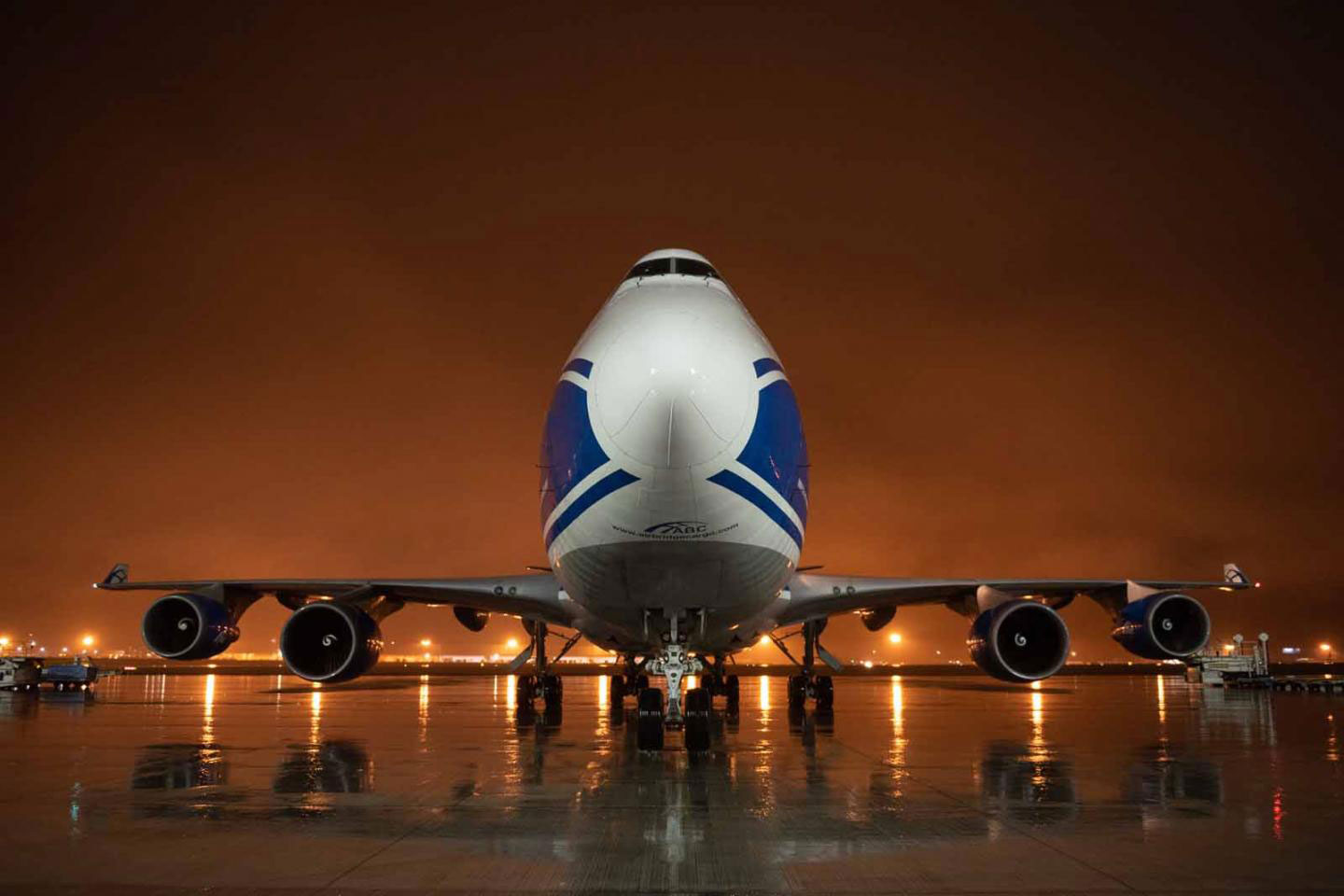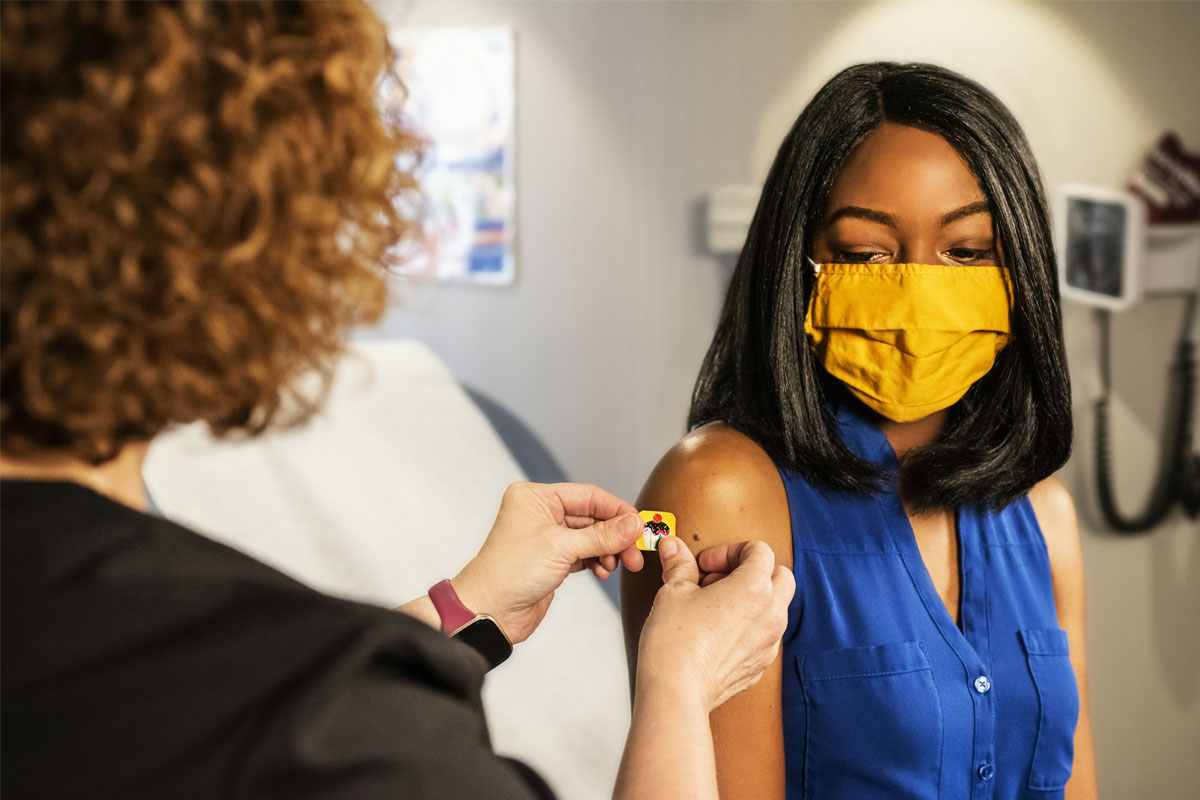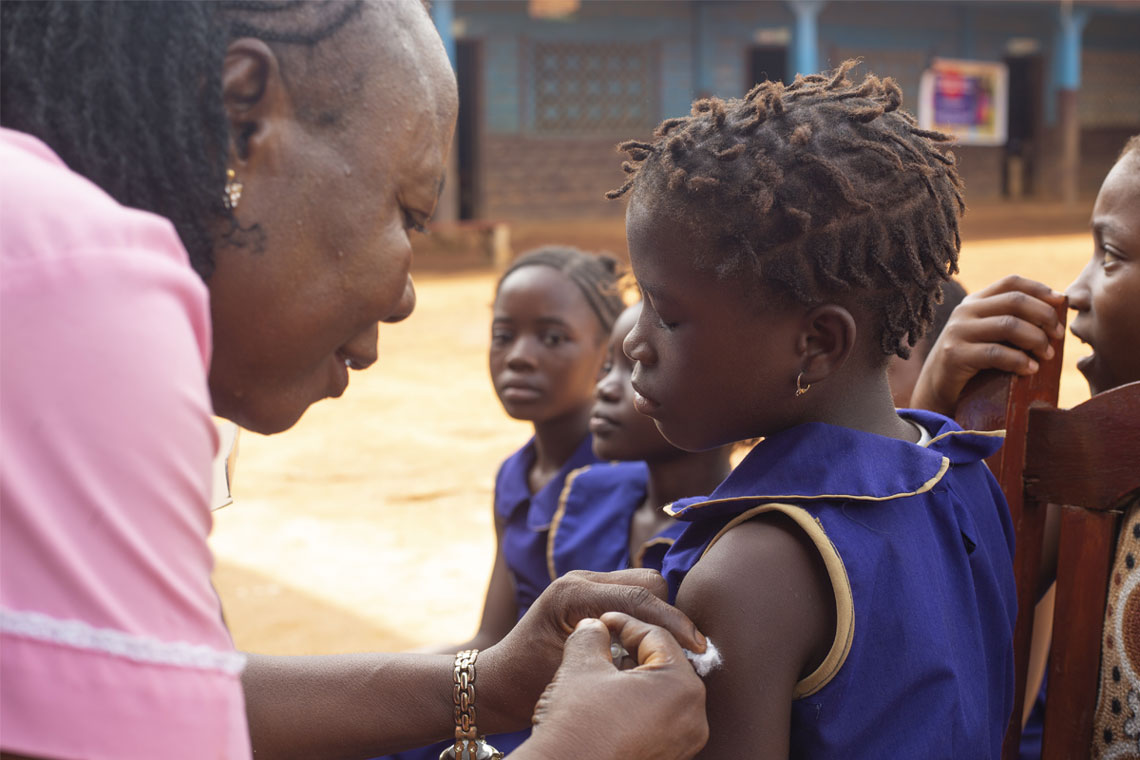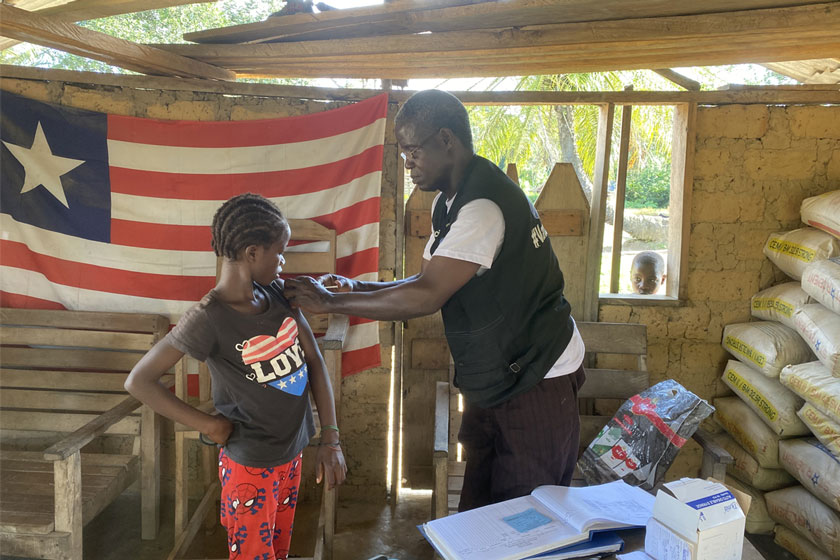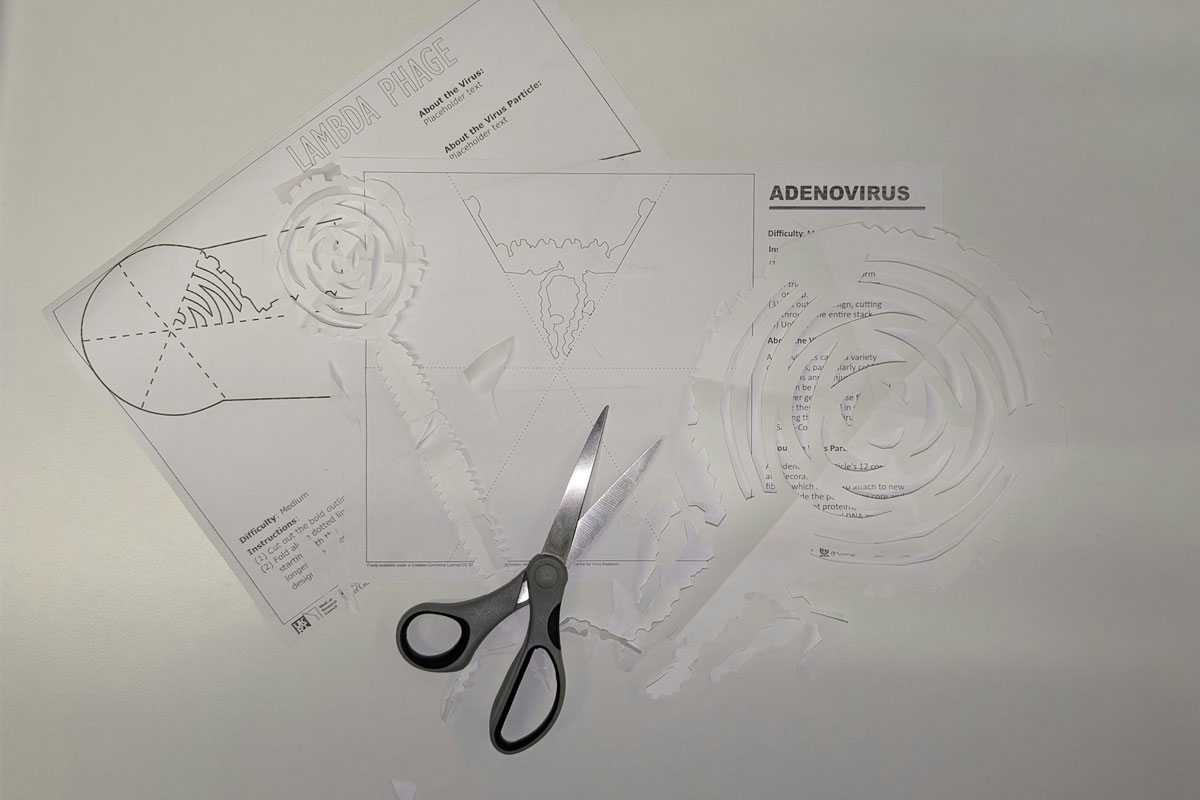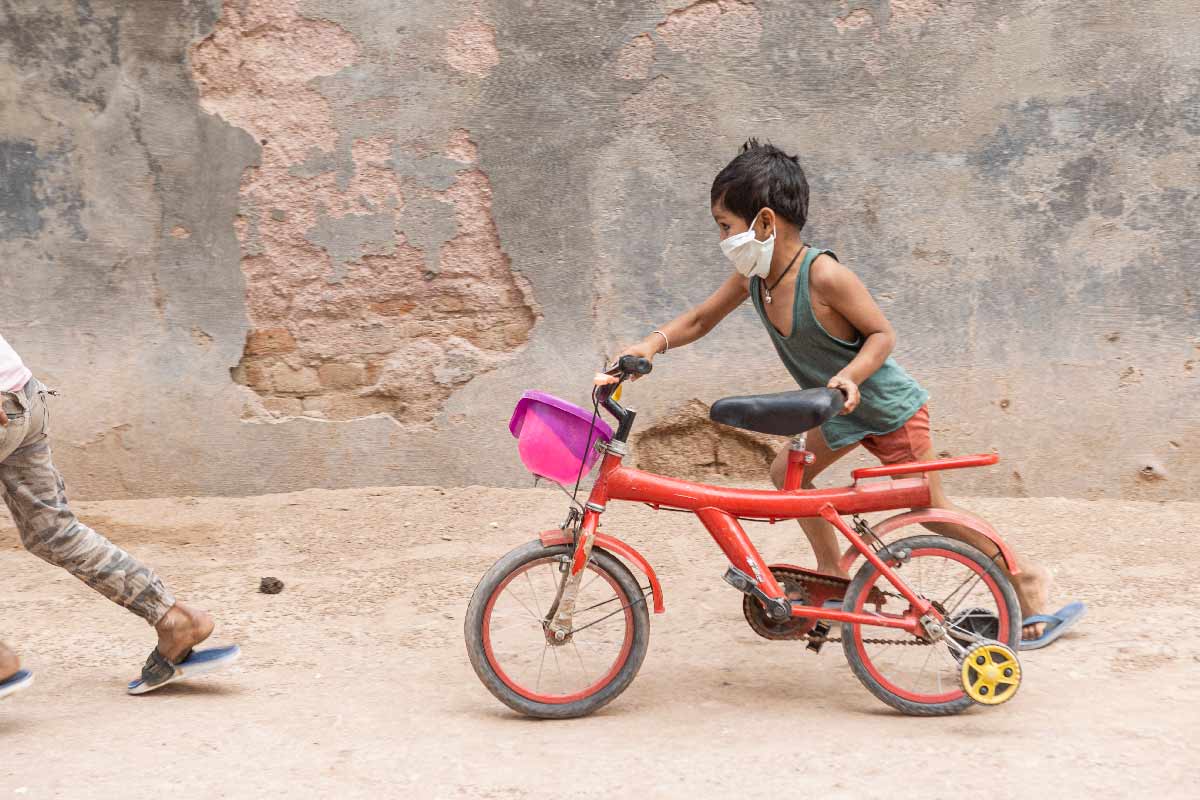The historic push to provide ultra-cold chain freezers around the world
Thomas Sorenson, Senior Manager in the Cold Chain Unit, UNICEF Supply Division, explains the work behind the scenes to roll-out the largest ultra-cold chain deployment in history.
- 21 September 2021
- 8 min read
- by UNICEF Supply Division
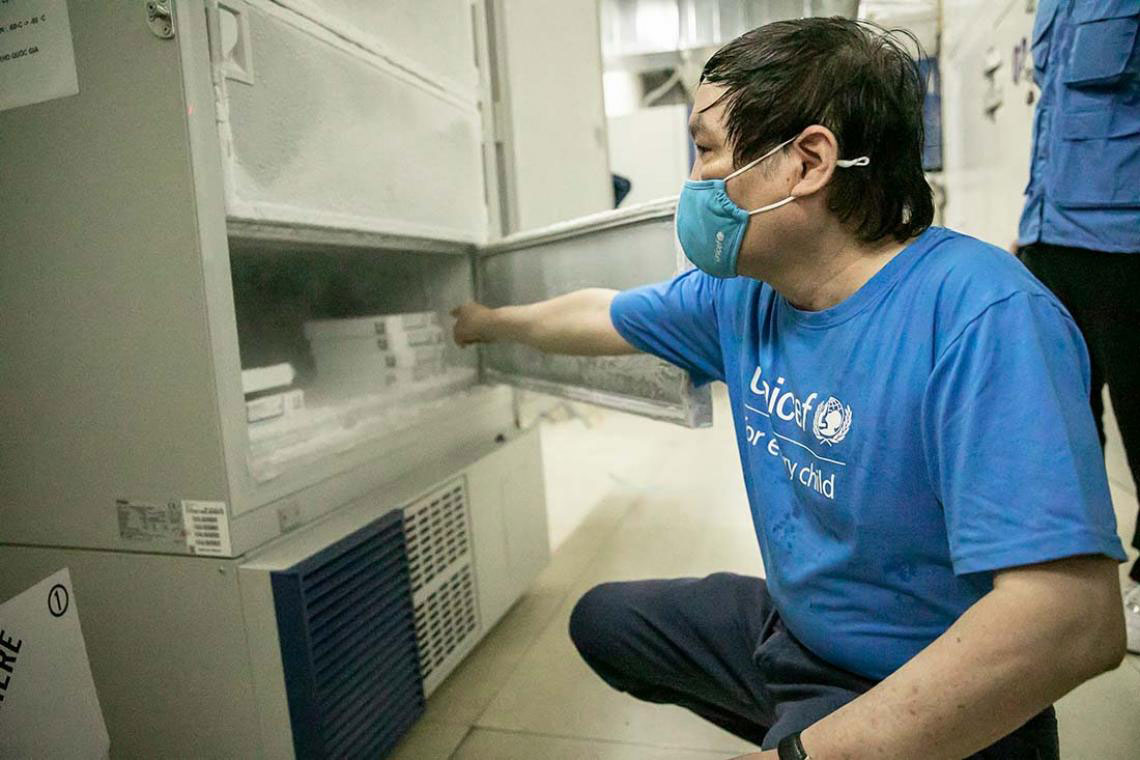
1. What is ultra-cold chain and why is it so important to the provision of vaccines?
Scaling-up access to vaccines is very important, particularly when global demand far outstrips supply. But it is also vital to make sure these vaccines are transported and stored at the correct temperature so that the vaccines remain effective when they are used.
The goal of the Cold Chain Unit is to help ensure cold chain storage facilities are in place from the moment COVID-19 vaccines leave the manufacturer to the moment they are administered. We are distributing these vaccines to some of the most remote corners of the globe, by cargo plane, truck, even by foot, and throughout the entire journey the vaccines must remain at a stable temperature.
Some of the vaccines require ultra-cold chain (UCC), or the ability to keep vaccines as cold as -70 degrees Celsius. This is not necessarily a capability that all countries have readily available. So, when a country is able to gain access to vaccines requiring UCC, some of them will request support from UNICEF in getting the necessary freezers.
"This is truly a mammoth, historic effort. We’re undertaking an enormously complex task at unprecedented speed. And we are only able to do so through the extraordinary collaboration of many partners."
2. How many UCC freezers do you plan to deliver in 2021?
On behalf of COVAX, UNICEF is aiming to deliver 350 units of UCC to more than 45 countries as part of the current scale-up. Since country specific needs were defined at the end of July, we have shipped more than 200 units to 24 countries. This represents 70 per cent of the total UCC volume required to cover the immediate needs. The initial deliveries include countries with large populations and greater UCC needs, for example Bangladesh, Pakistan, Indonesia, Ethiopia and Nigeria. Recently, we shipped 26 large freezers to Bangladesh boosting their UCC capacity to store almost 9 million vaccines. We are mostly shipping the largest size freezers which can store up to 336,000 vaccines each.
This is the largest deployment of UCC in history. So far, we have placed equipment orders for 40 countries covering 85 per cent of the volume required (as of 20 September 2021). We have estimated arrival times for shipments covering most of the remaining countries in the coming weeks, so that 70 per cent will soon reach 85 per cent. A few countries have requested to receive their UCC units that require transport by sea which will arrive later in the year due to longer container booking and transport time.
Keep in mind, if we take the example of standard cold chain, developing this capacity usually takes 12-18 months. However, for this ultra-cold chain scale-up, which is far more complex, we are aiming to complete the majority of this work within four months.
3. How have you been able to move so quickly?
This is truly a mammoth, historic effort. We’re undertaking an enormously complex task at unprecedented speed. And we are only able to do so through the extraordinary collaboration of many partners – Gavi, the Vaccine Alliance, manufacturers, donors, other COVAX partners, the transport sector, individual countries and the teams on the ground working non-stop to make this a reality. We are working towards a shared vision to bring vaccine equity to people in low- and middle-income countries. We are successfully building upon years of experience working with multiple stakeholders as part of the Cold Chain Equipment Optimization Programme (CCEOP) – a partnership with Gavi – to get this job done as quickly as possible.
4. How did the U.S. donation of 500 million Pfizer vaccines to COVAX alter plans for UCC roll-out?
The immediate COVAX focus at the beginning of 2021 was to strengthen the normal cold chain capacity to support COVID-19 vaccine roll-out in anticipation that much of the early supply of vaccines would require storage at 2-8 degrees Celsius once they became available and approved for use.
Have you read?
The very welcome announcement by the U.S. Government to donate 500 million doses of Pfizer vaccines to COVAX in mid-June, was a game changer, as these vaccines require UCC. As part of our scenario planning, we had already established Long Term Agreements with UCC manufacturers at the end of 2020. This enabled us to quickly place orders and ensure that manufacturers were ramping up production while the country demand for UCC was being defined in July. By the end of July, we received confirmation on which countries would receive the Pfizer doses. Over 45 countries requested both the vaccine doses and support from UNICEF to develop their UCC capacity. Subsequently, we have been running at full steam to organize and deliver UCC freezers to these countries.
This is happening in parallel to our continued work to strengthen cold chain capacity for both routine vaccinations and COVID-19 vaccines that require storage at standard cold chain temperatures.
"Often vaccine distribution scenarios are moving and changing in real-time. Therefore, we need to adapt plans very quickly. Problem solving is a critical part of our work, we aim to resolve issues as soon as they arise so we can ship UCC when and where it is needed in record time."
5. What are the hurdles to rolling out UCC immediately?
There are several critical steps that must be completed before our Cold Chain Unit can spring into action and work through the logistical challenges to procure and ship this vital equipment where it is needed.
First, the vaccine allocations are made by the COVAX Independent Allocation of Vaccines Group (AIVG) in line with the WHO allocation framework. Countries then receive the allocation offers and have a few weeks to assess their readiness, absorption capacity and cold-chain requirements before accepting or rejecting the offer. If countries accept the vaccines offered by COVAX and require UNICEF’s support for UCC, that’s the entry point for the Cold Chain Unit.
Our team works around the clock to ensure the earliest placement of orders for UCC equipment. We work with manufacturers to secure bookings and confirm delivery times. We put in place the best transport and logistics plan for each country. What works best for South Sudan, may not work for Uganda or Yemen. This is all the while navigating global transport constraints and unforeseen bottlenecks. Multiply this by over 45 countries and you begin to understand the scale and complexity of the challenge we face.
Often vaccine distribution scenarios are moving and changing in real-time. Therefore, we need to adapt plans very quickly. Problem solving is a critical part of our work, we aim to resolve issues as soon as they arise so we can ship UCC when and where it is needed in record time.
6. What happens when UCC arrives in-country?
Countries identify and prepare locations for UCC in advance – ensuring stable power supply, back-up generators and air conditioners. Once the units have been delivered, countries complete their internal procedures, such as customs clearance, equipment calibration and installation. For large freezers, we need to remove the refrigerant gas when shipping by air to comply with safety measures. This gas is then re-filled upon arrival by local service providers, so the equipment is prepared for installation. Countries are treating UCC scale-up as an emergency operation, so these processes are being fast tracked. Ideally, all the required procedures can be completed within two weeks if no complications arise.

@ UNICEF/UN0507901/Viet Hung
7. What have been the unexpected/standout moments with the UCC roll-out so far?
One proud moment for me was the recent delivery of UCC to Indonesia. On 3 September, Indonesia received 17 UCC units with capacity to store 5.6 million doses of vaccines. Most impressive of all is that the units arrived, were cleared, tested, transported, re-gassed and installed at their destination in a record 72 hours. This is a phenomenal achievement. Indonesia, like many countries, has been hit hard by the pandemic and we know that these efforts will go a long way towards saving lives in the future.
In mid-September, we broke another record. Just six weeks after the UCC needs were defined for Kenya and Tajikistan, the required freezers were successfully delivered and installed to both countries, with vaccines scheduled to arrive just days later. This is unprecedented to be able to move at this speed and deliver both UCC and vaccines. We are proud to engage in this complex, but well-coordinated effort scaling up their UCC capacity.
8. Last question, what happens if more vaccines requiring UCC are made available. Will UNICEF be ready?
Of course. This is what we do. Our goal is to vaccinate the world. And to do that, you also have to provide freezers to the world. So, it’s a welcome challenge to have.
This pandemic has created so many divides. We are proud to play a strong role in scaling up UCC capacity and bridging some of these gaps that advance us towards our goal of vaccine equity for all.

